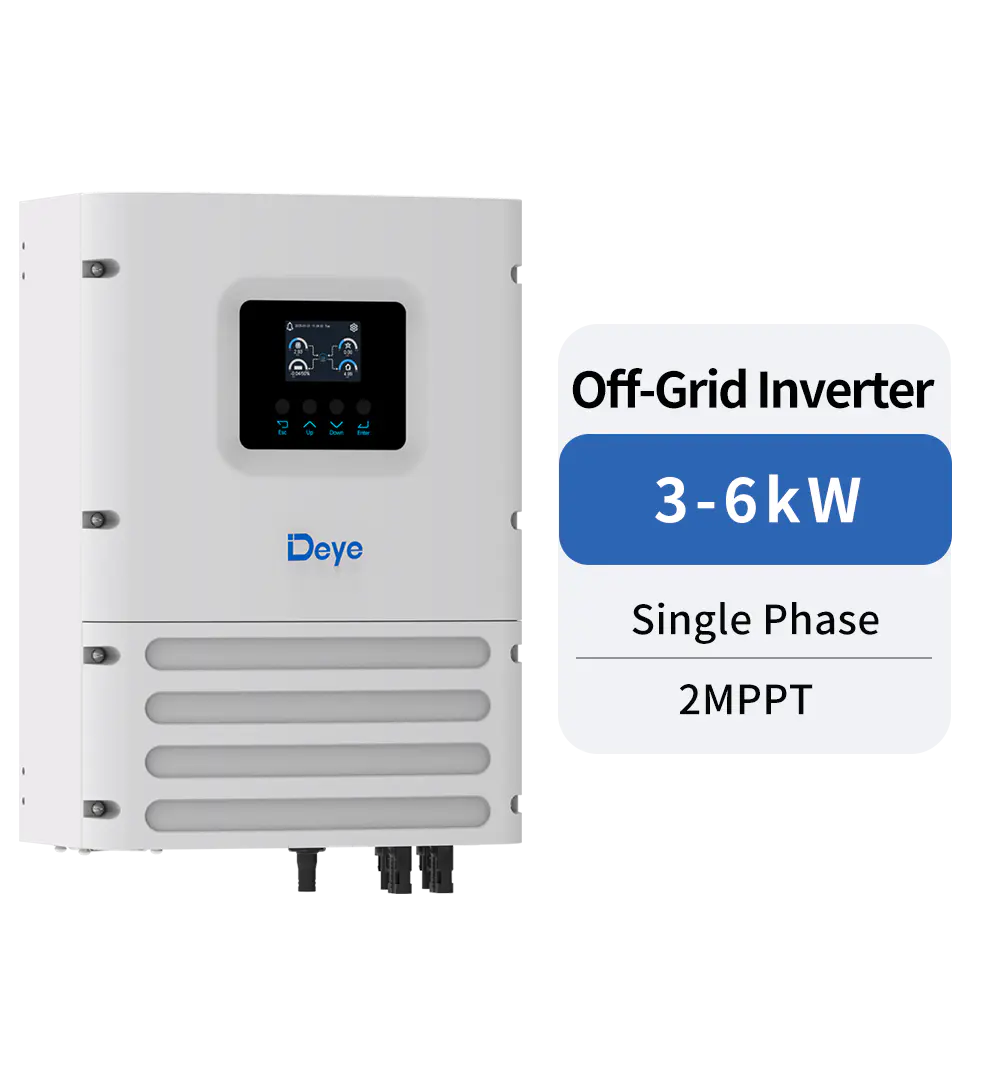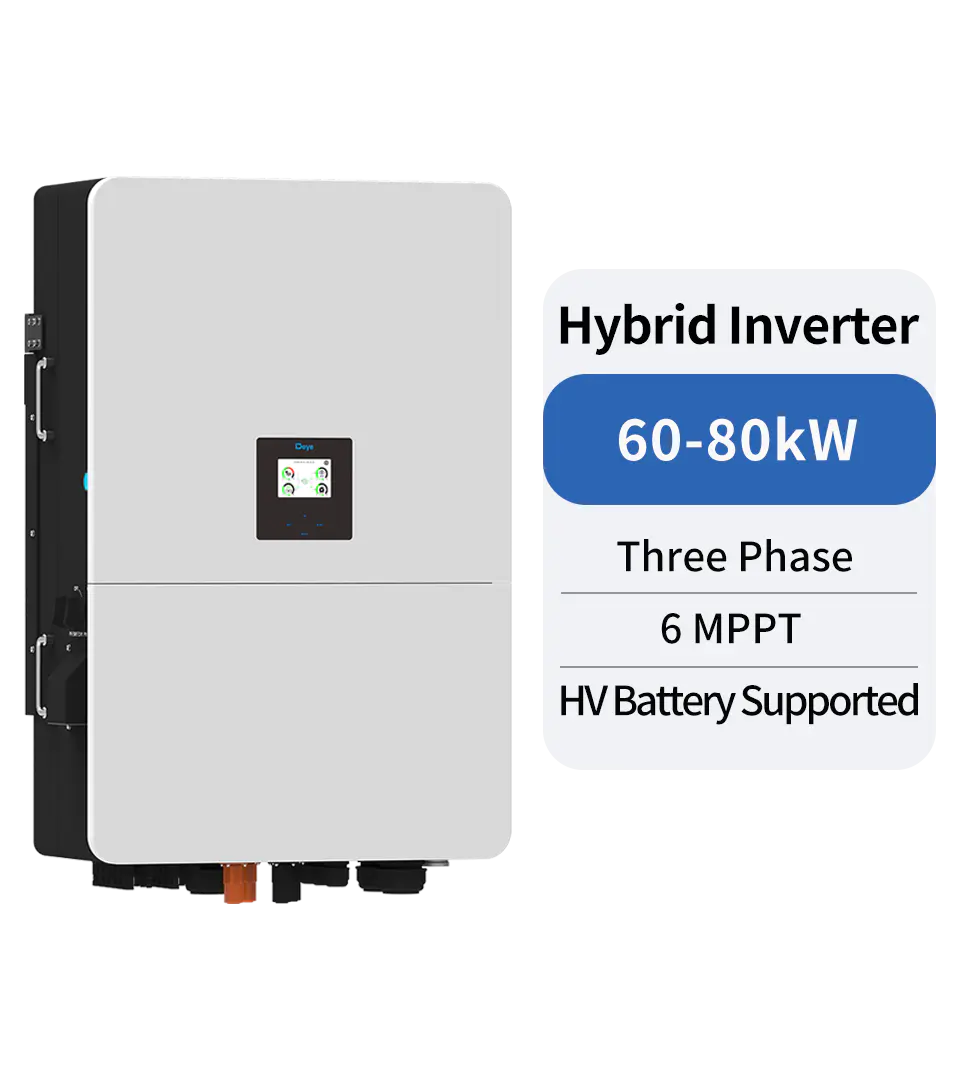Technical Topics
The inverter also plays a vital role in the overall grid service provided
If you’re looking for an inverter that can manage both low and high voltage batteries, you’ve come to the right place. Most battery inverters that are rated 48V or above can handle both HV and LV systems.
A hybrid inverter is a great solution to power your home and store energy from your solar system. However, there are a few things you need to know before making a decision.
Battery Capacity
The capacity of a battery is the max. amount of energy it can store. This is measured in watt-hours (Wh), kilowatt-hours (kWh), or ampere-hours (Ah).
A battery’s capacity is a good indication of how long it can supply a constant current to a load without reducing its voltage until it goes completely dead. But this relationship between continuous current and discharge time is not a simple linear one; it can vary widely depending on the way the battery is used.
This means that it is difficult to extrapolate capacity based on the manufacturer’s recommended rate of discharge. Instead, it is important to figure out how many amps a battery draws on average and then use those numbers as a basis for measuring the actual current drawn. This method will provide a much more accurate indication of the battery’s true ability to supply a constant current for an extended period of time.
Battery Life
Battery capacity is a measure of the max. energy (watt hours) that can be delivered by a guide/acid battery over a given time period. It is also a measure of the depth of discharge of the battery, measured in cycles.
Inverter Capacity
A Low Voltage Battery Hybrid Inverter will have a max. output of 3kW when operating in on-grid mode and is typically known as an emergency power supply (EPS). These systems can be used to backup light circuits, basic power circuits, or small air-conditioning units.
These inverters have a pass-through power feature that allows them to convert DC energy to AC power from the grid or backup generator when the batteries are low, or solar energy is not available. This is an excellent feature to have in the event of a power outage, as it can ensure that essential loads like lights and appliances are still running.
Most inverters will be rated for AC loads at a voltage of either 50Hz or 60Hz. This is important to know when selecting your inverter as it will determine what type of AC load you can use with the system.
Inverter Life
The inverter is the main component of a solar energy system that converts DC power from solar panels into alternating current (AC) electricity that can be used by your home. The inverter's lifespan depends on factors such as installation, operation and maintenance.
One way to increase the inverter's lifespan is by incorporating low voltage battery protection features like LVD into your charging system. These features automatically turn off your system when the batteries are drawn down to a certain depth of discharge that can damage your batteries and shorten their lifespan.
A LVD feature also prevents your batteries from reaching their max. charge level too soon, so they'll last longer. Some LVD systems even have the ability to shut off power to your system completely when your battery is 80% charged or lower, so you can keep your system safe and prolong its life.
The inverter also plays a vital role in the overall grid service provided by a hybrid solar and storage system, by intelligently shifting between on-grid, off-grid and backup power modes. This helps end users maximize self-consumption and enhance their energy independence.


PREV:There are many factors to consider when choosing a hybrid inverter
NEXT:The benefits of 4 MPPT micro-inverters
Share
Product recommendations
news recommendations
-

-
 Green Industry, Bright Future: Deye Distributor Summit – Dubai 2025 Concludes Successfully
Green Industry, Bright Future: Deye Distributor Summit – Dubai 2025 Concludes SuccessfullyIn November 2025, Deye Group successfully hosted the “Green Industry, Bright Future—Deye 2025 Dubai ...
-
 Deye’s Malaysia Johor Manufacturing Base Officially Breaks Ground — A Key Step Forward in Its Globalization Strategy
Deye’s Malaysia Johor Manufacturing Base Officially Breaks Ground — A Key Step Forward in Its Globalization StrategyOn October 2, 2024, Deye Group (hereinafter referred to as “the Company”) held a groundbreaking cer...

 China - 简体中文
China - 简体中文 Global - English
Global - English Brazil - Português
Brazil - Português Netherlands - Dutch
Netherlands - Dutch Italy - Italiano
Italy - Italiano Germany - Deutsch
Germany - Deutsch Spain - Español
Spain - Español France - Français
France - Français Vietnam - Tiếng Việt
Vietnam - Tiếng Việt Poland - Polski
Poland - Polski Australia - English
Australia - English


